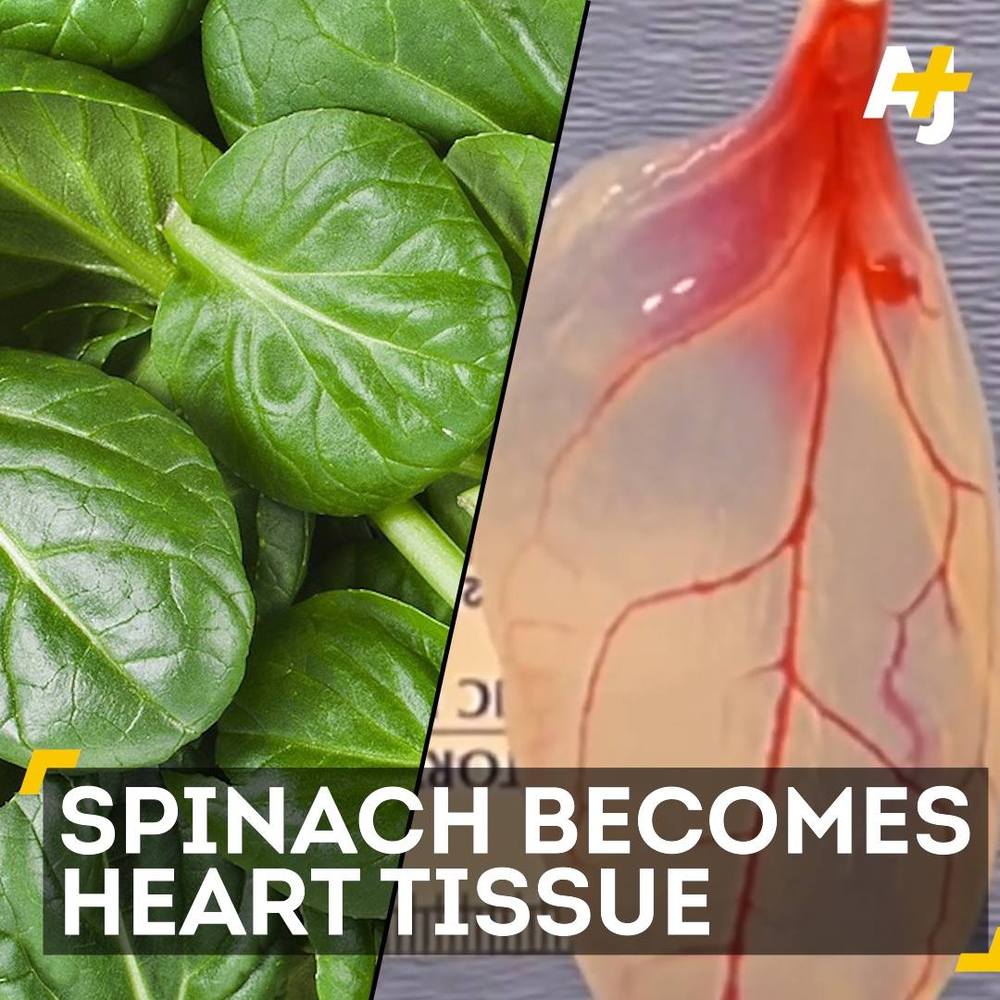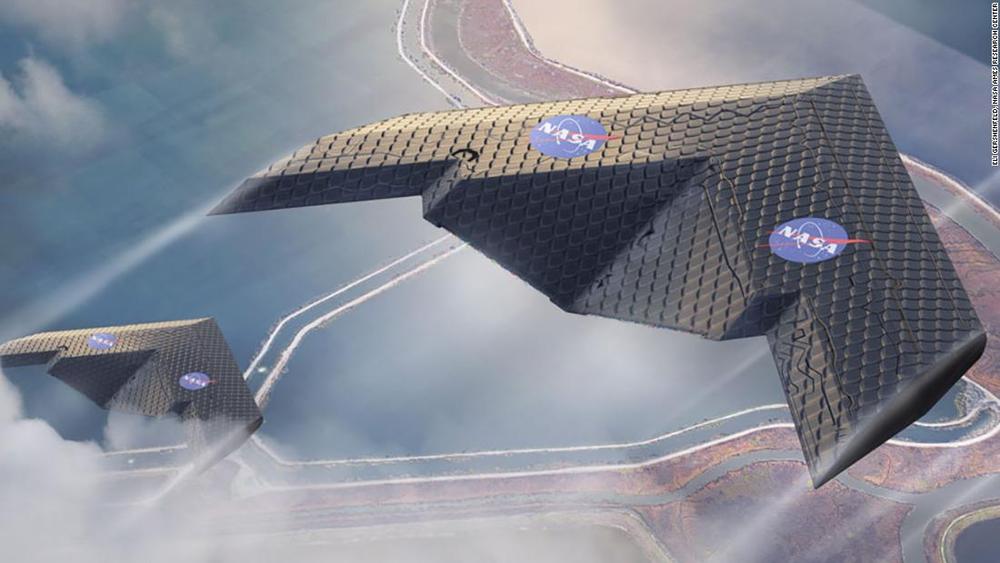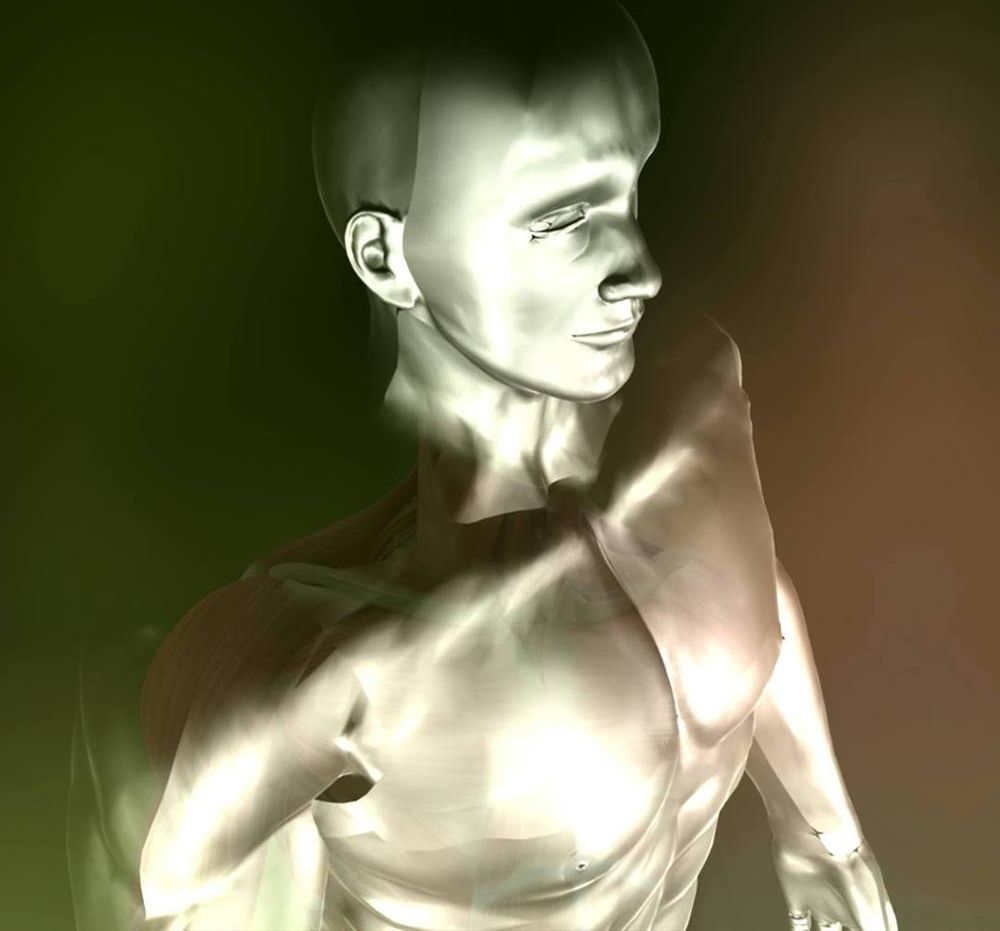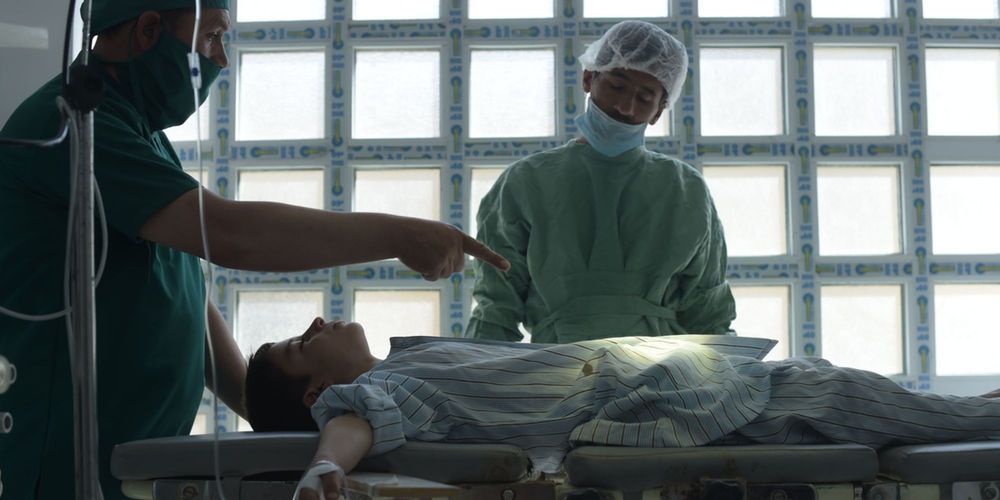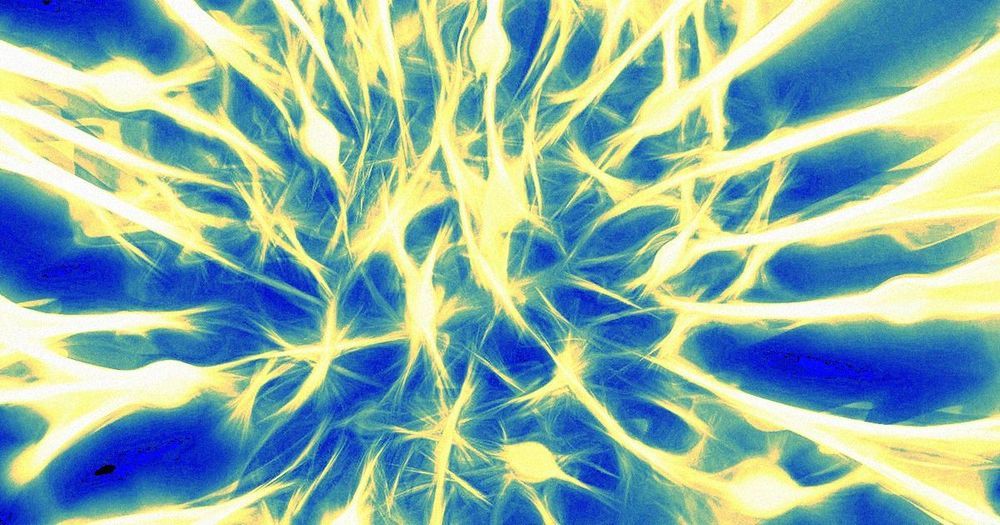Page 8975
Apr 5, 2019
New plane wing moves like a bird’s and could radically change aircraft design
Posted by Michael Lance in category: transportation
Plane wings are traditionally strong, thick and sturdy but a team of researchers led by NASA has created a flexible wing that morphs as it flies.
Measuring 14 feet or four meters wide, the new wing is constructed from thousands of units that fit together and function in a similar way to a bird’s wing, says one of the report’s authors, NASA research engineer, Nick Cramer.
Apr 5, 2019
Head Transplant: How far have we come?
Posted by Paul Battista in category: biotech/medical
One of the research’s lead investigators, Michael Hill, said in a press release, “We envision this new technique as a low-cost office procedure done under local anesthesia. The whole process would take about five minutes.”
While currently in the process of arranging licensing for their procedure, the researchers are already looking toward using it with other collagen tissue such as tendons, and even corneas for the correction of vision issues. In animal tests, they’ve already had some success with reshaping a cornea using a 3D-printed contact lens painted with electrodes and to which they applied electrical current to soften the cornea. This is especially exciting due to the structure of its collagen fibers. Says Hill during the presentation, “It turns out that in order to remain transparent, the [layers of] collagen fibers are all perfectly aligned.” Molecular surgery allows correction of the cornea without disrupting that required layering.
Apr 5, 2019
Using AI to Make Better AI
Posted by Quinn Sena in categories: information science, robotics/AI, space travel
Next month, however, a team of MIT researchers will be presenting a so-called “Proxyless neural architecture search” algorithm that can speed up the AI-optimized AI design process by 240 times or more. That would put faster and more accurate AI within practical reach for a broad class of image recognition algorithms and other related applications.
“There are all kinds of tradeoffs between model size, inference latency, accuracy, and model capacity,” says Song Han, assistant professor of electrical engineering and computer science at MIT. Han adds that:
“[These] all add up to a giant design space. Previously people had designed neural networks based on heuristics. Neural architecture search tried to free this labor intensive, human heuristic-based exploration [by turning it] into a learning-based, AI-based design space exploration. Just like AI can [learn to] play a Go game, AI can [learn how to] design a neural network.”
Apr 5, 2019
Meet The Amazing Fungus That Farms Bacteria
Posted by Quinn Sena in categories: food, sustainability
5. Division of labor
Much like division of labor in human societies, parts of the thick-footed morel fungus cultivate the bacteria while other parts help store the carbon for future use. This source-sink system is similar to human agricultural systems, where we move food from the fields to be processed and sold at grocery stores.
These five characteristics were confirmed experimentally using cell counting and 13C isotopic labeling. Much like humans, fungi can use cultivation, harvesting, storage, dispersal, and division of labor to farm bacteria. Don’t fear, hallmarks of agriculture that we can still claim as unique to humans include artificial selection or development as well as cultural transmission of agricultural innovations.
Apr 5, 2019
“The Mice Became Smarter”: New Treatment Restores Aging Brains
Posted by Quinn Sena in categories: biotech/medical, life extension, neuroscience
Scientists at Stanford University say they’ve devised antibodies that block a specific gene related to brain aging — and that it’s giving old mice the cognitive prowess of younger ones.
“The mice became smarter,” senior author Tony Wyss-Coray said in a statement. “Blocking [the gene] CD22 on their microglia restored their cognitive function to the level of younger mice. CD22 is a new target we think can be exploited for treatment of neurodegenerative diseases.”
Apr 5, 2019
Can bees do maths? Yes – new research shows they can add and subtract
Posted by Quinn Sena in category: neuroscience
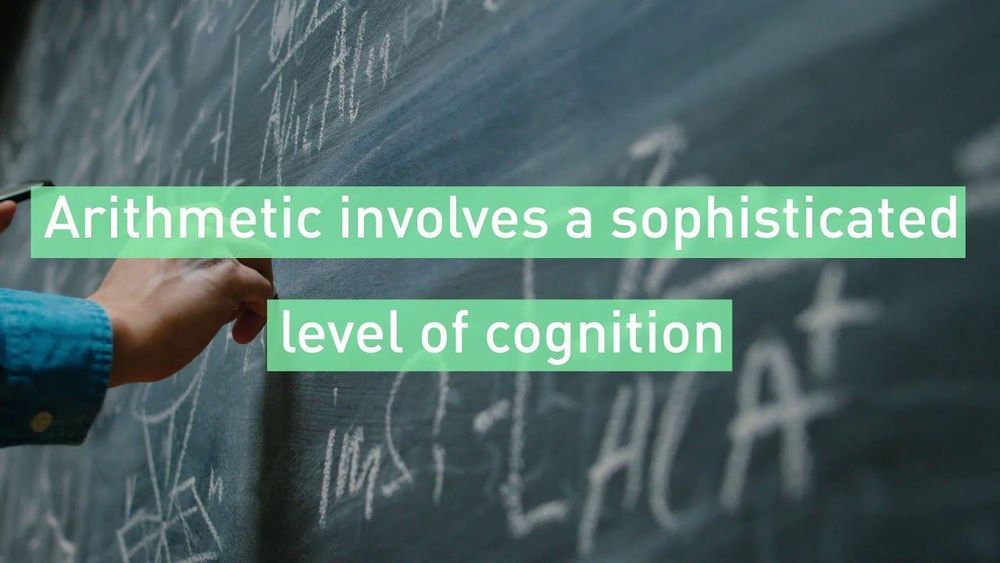
The humble honeybee can use symbols to perform basic maths including addition and subtraction, shows new research published today in the journal Science Advances.
Despite having a brain containing less than one million neurons, the honeybee has recently shown it can manage complex problems – like understanding the concept of zero.
Continue reading “Can bees do maths? Yes – new research shows they can add and subtract” »

